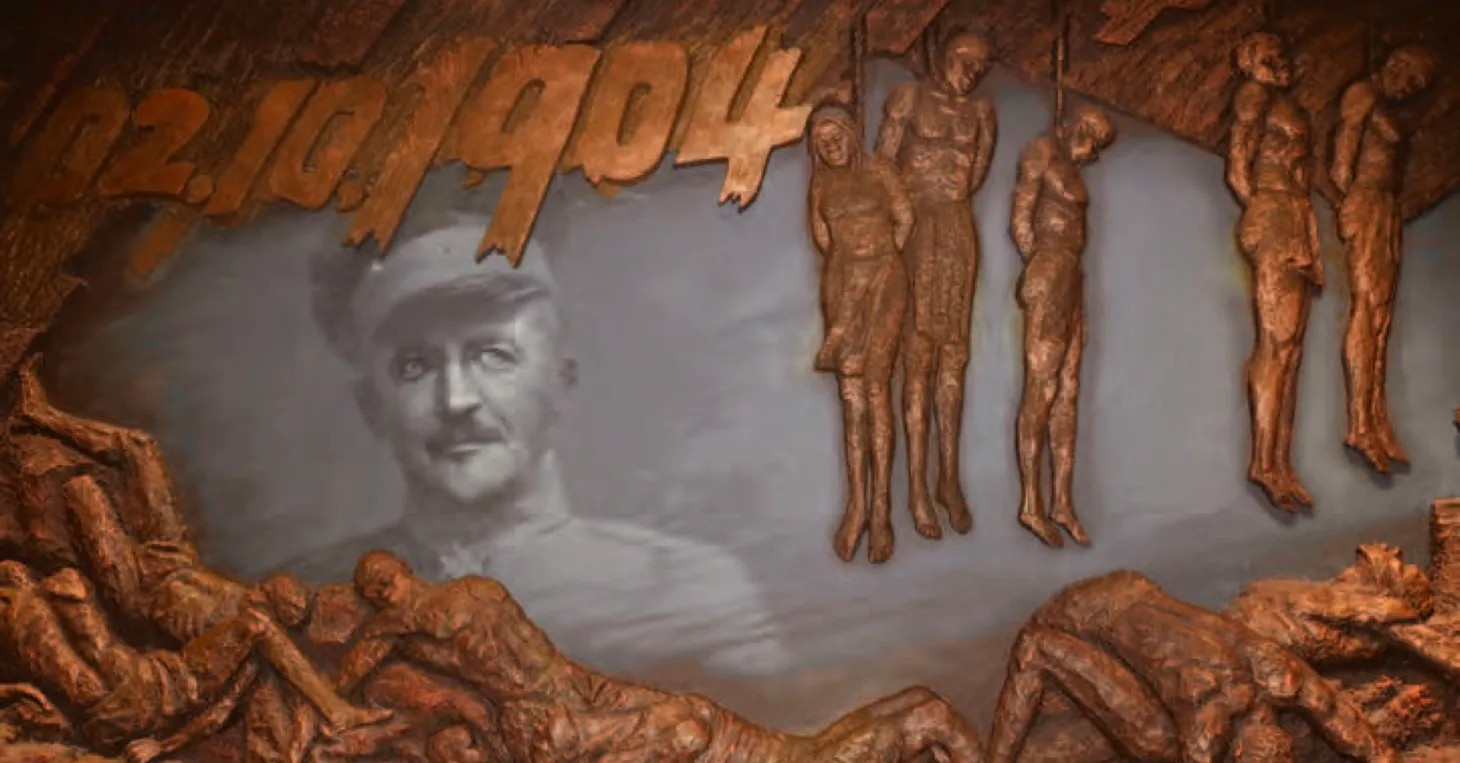“Use Their Institutions to Promote Their Own Interests”: Competing Global Visions from 1975 to 1991
A discussion of how we can teach the end of the Cold War and the last decades of the twentieth century in world history.

As we get closer to the present in world history courses, it can sometimes be challenging to identify which historical topics and events make the most sense to include in our courses. As discussed in the last post, the intense Cold War propaganda of the Reagan era influenced me. For many years, the story of the late twentieth century was the victory of the United States over the Soviet Union in the Cold War. By focusing extensively on the end of the Cold War, students often saw the United States and its support for liberalism as the “victor” in some larger story of good versus evil. It didn’t help that books such as Francis Fukuyama’s The End of History and the Last Man reinforced this idea of a single, “right” way of making sense of the late twentieth century.
As I began to travel more in Africa and Asia, I regularly learned about different historical actors and ways of thinking about liberalism. Instead of viewing the world through a primarily American lens, I saw how many people across Africa and Asia understood the Cold War as a violent conflict and did not simply accept the gospel of liberalism. These experiences challenged me to consider which “stories” and “characters” I chose to include when teaching the late twentieth century.
While we still want to include a discussion of the end of the Cold War in our world history courses, we want to balance it by also including voices from across the Global South to show how there continued to be competing global visions. We don’t simply want to become the cheerleaders for liberalism; we also want students to think about the choices people in the Global South made about how to engage with the rest of the world and support their development.
The End of the Cold War
One of my earliest moments of realizing the problems with how I taught the Cold War happened when I read Robert Marks’ The Origins of the Modern World: A Global and Environmental Narrative from the Fifteenth to the Twenty-First Century. He discussed how American propaganda during the Cold War influenced how we understood concepts like freedom. Instead of thinking about freedom in terms of being free or enslaved or a nation having the freedom to determine its form of government, my primary understanding of freedom was buying whatever I wanted. This conceptualization of freedom reflected my privilege as a White, middle-class American. Growing up in the United States, we understand the victory of the United States and the “end” of the Cold War as victories of consumer capitalism.
This content is for Paid Members
Unlock full access to Liberating Narratives and see the entire library of members-only content.
SubscribeAlready have an account? Log in



